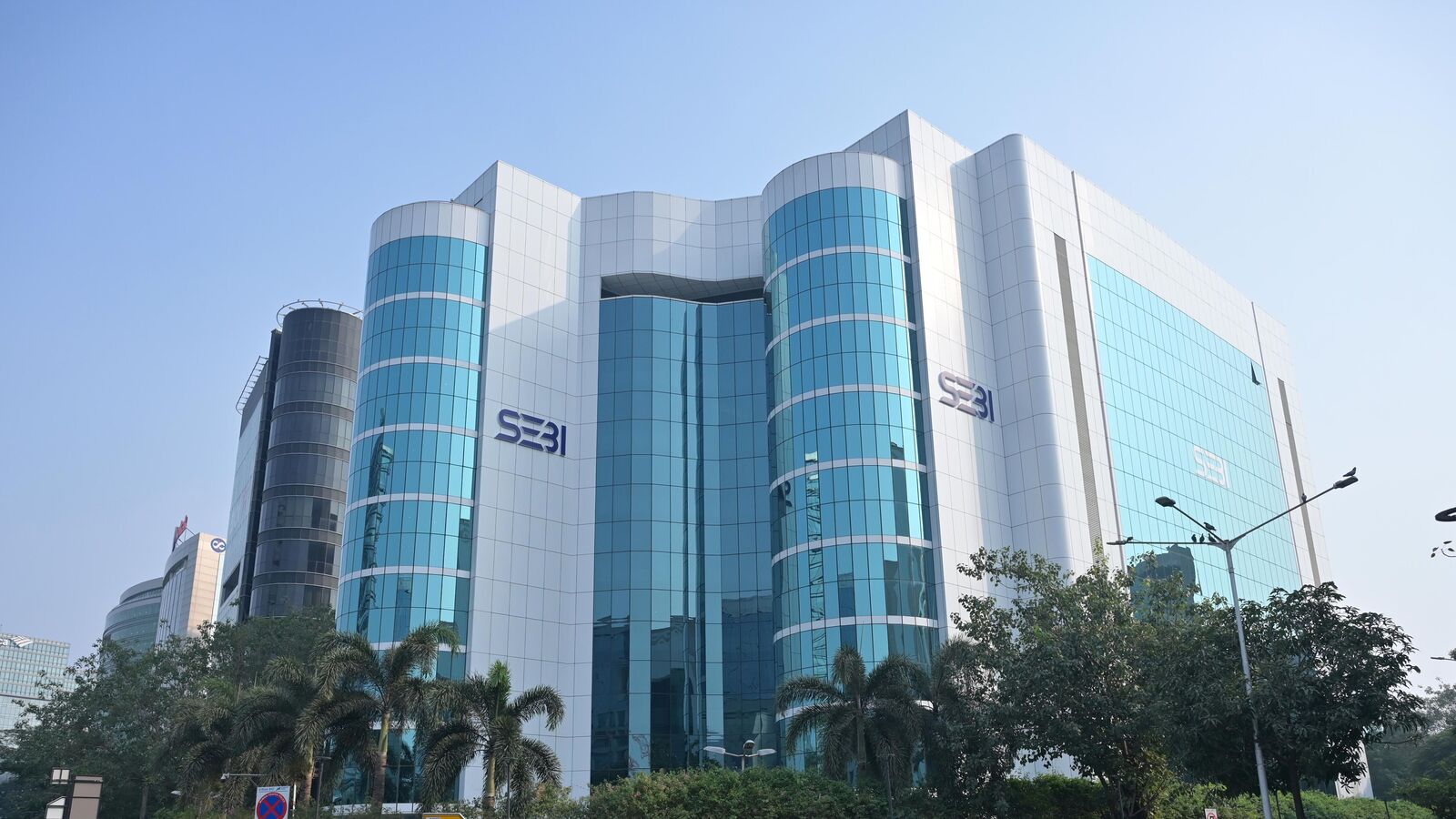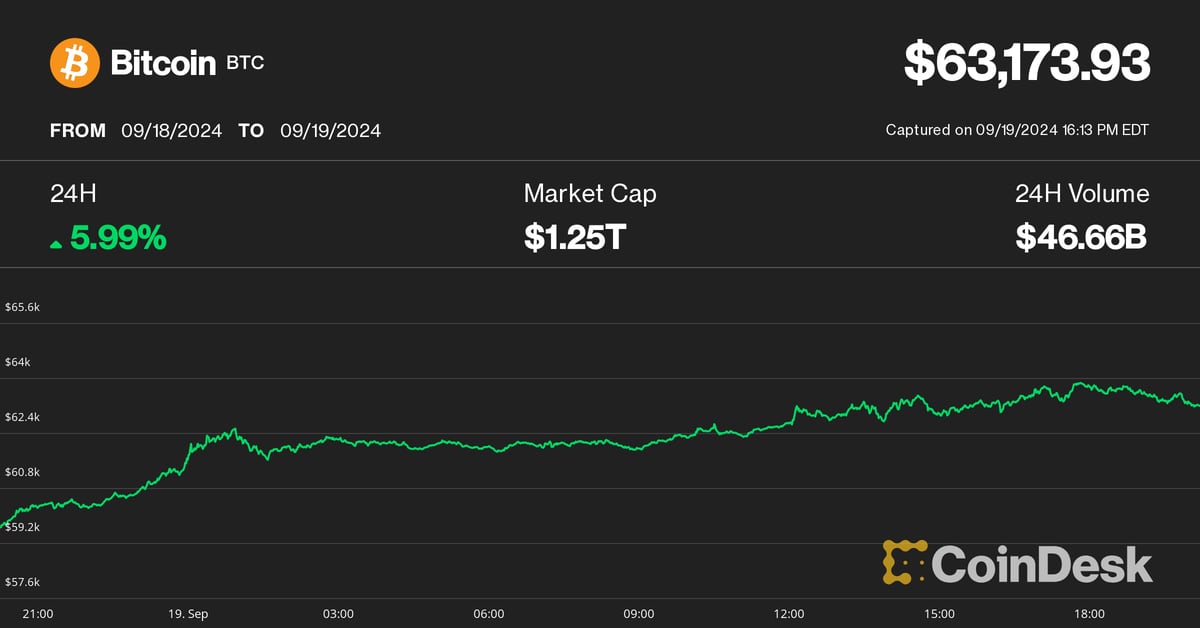
On September 19, the US Fed delivered what the markets worldwide longed for– a significant rate cut after over four years. While underscoring the world’s largest economy as in good shape and inflation on the downtrend, the US central bank cut benchmark rates by 50 bps, boosting markets worldwide. Stocks rose to record highs but met with profit booking due to elevated valuations. Nevertheless, the Fed’s move is expected to augur well for emerging markets like India as it has indicated rate cuts will continue till 2026.
The Federal Open Market Committee (FOMC) ‘s next meetings are scheduled for November 6-7 and December 17-18 this year. The Fed has projected to cut rates by another 50 bps cumulatively by the end of 2024, and it foresees the scope for a full percentage point rate cut in 2025 and half of a percentage point cut in 2026.
The start of the rate-reduction cycle is positive for markets. The US Dow Jones futures rose by a per cent, while markets in Europe and Asia jumped up to 2 per cent.
Indian stock market benchmarks- the Nifty 50 and the Sensex- rose by a per cent each to hit their fresh record highs of 25,611.95 and 83,773.61, respectively, during the session on September 19. In contrast, the BSE Midcap and Smallcap indices cracked up to 2 per cent, primarily due to valuation concerns in some pockets.
“The midcap and smallcap segments, particularly sectors like defence, railways, and capital goods, have performed exceptionally well over the past two to three years and are now witnessing a sharp correction. Valuations have long been a concern in the broader market, yet these stocks continued to rally. However, there always comes the point when market euphoria fades,” said Santosh Meena, the head of research at Swastika Investment.
“Domestic institutions, too, have shown signs of caution, holding significant cash reserves at elevated levels. I believe this correction could extend further, presenting a strong buying opportunity in high-quality stocks for long-term investors,” Meena added.
The US Fed rate cut and its impact on the Indian stock market
The Fed cut rates and adopted a dovish stance, which bodes well for emerging markets like India. With rates expected to drop by over 200 bps in the next two years, India will likely see a sustained inflow of foreign capital as investors are drawn to the country’s robust economic growth.
V K Vijayakumar, chief investment strategist at Geojit Financial Services, observed that from the Indian market’s perspective, the Fed’s move is positive on two points.
Firstly, foreign institutional investors (FIIs) have been shy about investing in India because of its rich valuations, but they don’t have anywhere to go. Moreover, the federal funds rate is expected to be around 3.4 per cent by the end of 2025, which means more money will flow into emerging markets, and India has the best prospects.
Secondly, the Fed’s move will pave the way for the RBI rate cuts. Two rate cuts of 25 bps each are possible by the end of March next year.
“A rate cut by the RBI in October is possible. Two independent Monetary Policy Committee (MPC) members have already argued for rate cuts because Q1 signals are not very positive. The earnings growth in Q1 was not impressive, and some downgrades indicated signs of weakness in certain areas of the economy. CPI inflation has eased significantly, and it is expected to be around 4 per cent,” said Vijayakumar.
Rate cuts in the US are positive for the Indian currency as they cause some weakness in the dollar, which is generally positive for Indian markets. Experts say sustained buying by foreign investors and a robust Indian macroeconomic outlook may support the stretched valuation of the Indian stock market.
What should investors do?
Experts believe investors should stick to large caps, avoid overpriced mid- and small-caps, and focus on sectors such as FMCG, pharma, and private banks.
“Investors’ strategy should be to stay with large-caps, especially in fairly valued banking stocks. They can also look at pharmaceutical and FMCG stocks and avoid overpriced mid- and small-caps. The SME segment should be avoided like the plague. The prospects of the IT sector will depend on Q2 results, what the management says about demands and the trends in the US economy,” said Vijayakumar.
Jitendra Gohil, Chief Investment Strategist at Kotak Alternate Asset Managers, is positive on NBFCs, real estate, and consumption-oriented sectors.
“Rural consumption is showing good recovery with higher than expected rainfall, and festive/wedding season sales could help consumption in coming months. The banking sector’s valuation is relatively attractive, and we believe long-term buying opportunities have emerged. The IT sector may see some profit booking after this rally. Pharma remains our high-conviction sector as the developed market is going through significant cost pressures. We prefer large caps over mid and small caps in the near to medium term,” said Gohil.
Ravi Singh, SVP of retail research at Religare Broking, is positive about the infrastructure, manufacturing, and FMCG sectors due to improving economic conditions.
Neeraj Chadawar, the head of fundamental and quantitative research at Axis Securities, believes that large private banks, telecom, consumption, IT, and pharma may provide a greater margin of safety in the near term.
Vipul Bhowar, senior director of listed investments at Waterfield Advisors, believes the rate cut presents opportunities for growth in sectors such as banking, IT, real estate, and consumer goods in India but also carries risks due to global economic uncertainties and potential volatility in foreign investment flows.
Apurva Sheth, the head of market perspectives and research at SAMCO Securities, recommends that investors focus on defensive sectors like FMCG and pharma.
“Precious metals like gold and silver should also be added to the portfolio, at least until the market direction is clarified,” said Sheth.
Read all market-related news here
Disclaimer: The views and recommendations above are those of individual analysts, experts, and brokerage firms, not Mint. We advise investors to consult certified experts before making any investment decisions.
Catch all the Business News , Market News , Breaking News Events and Latest News Updates on Live Mint. Download The Mint News App to get Daily Market Updates.
MoreLess








